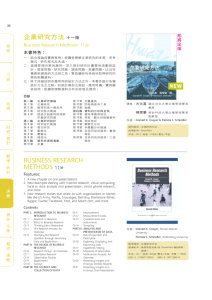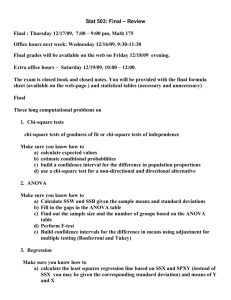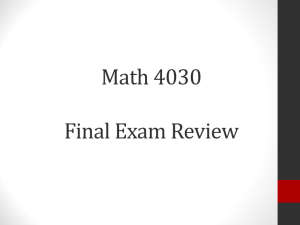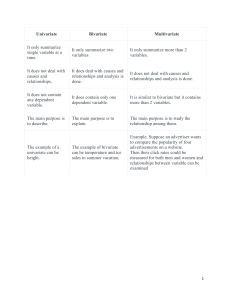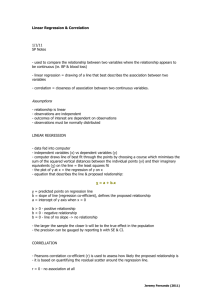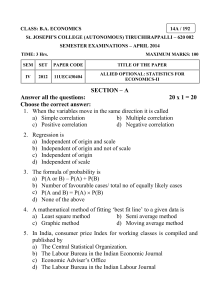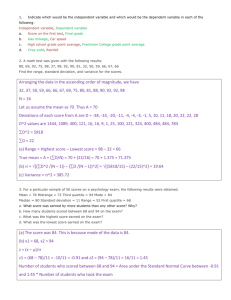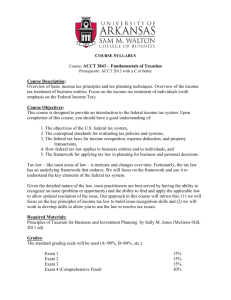Research Methods - Korea University Graduate School of
advertisement
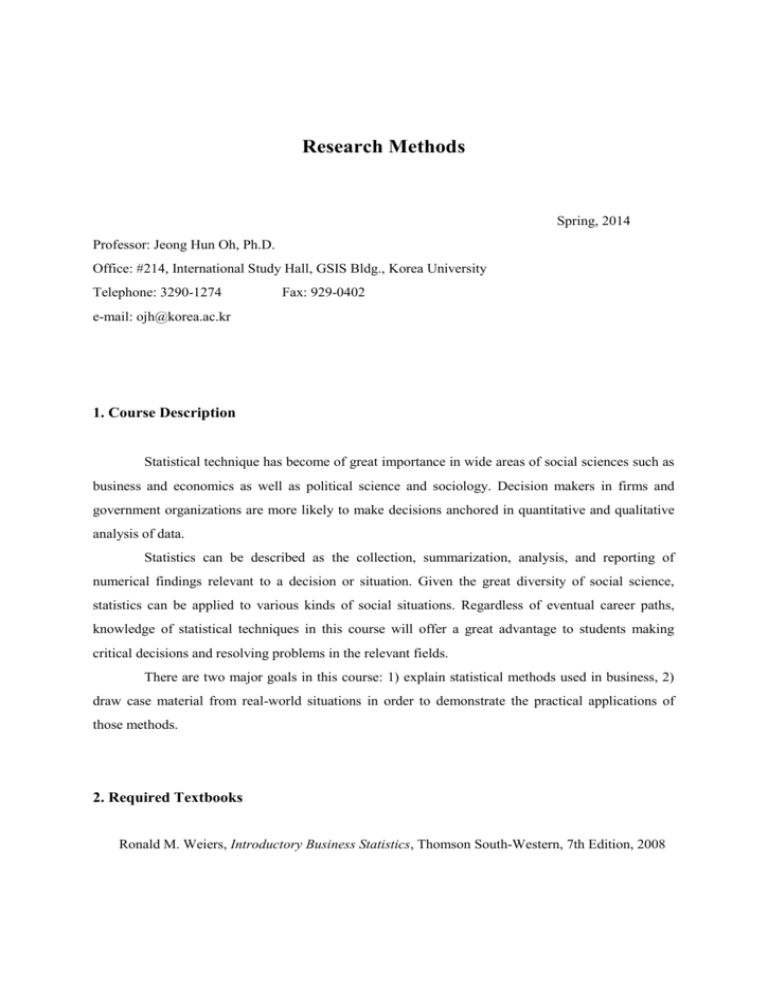
Research Methods Spring, 2014 Professor: Jeong Hun Oh, Ph.D. Office: #214, International Study Hall, GSIS Bldg., Korea University Telephone: 3290-1274 Fax: 929-0402 e-mail: ojh@korea.ac.kr 1. Course Description Statistical technique has become of great importance in wide areas of social sciences such as business and economics as well as political science and sociology. Decision makers in firms and government organizations are more likely to make decisions anchored in quantitative and qualitative analysis of data. Statistics can be described as the collection, summarization, analysis, and reporting of numerical findings relevant to a decision or situation. Given the great diversity of social science, statistics can be applied to various kinds of social situations. Regardless of eventual career paths, knowledge of statistical techniques in this course will offer a great advantage to students making critical decisions and resolving problems in the relevant fields. There are two major goals in this course: 1) explain statistical methods used in business, 2) draw case material from real-world situations in order to demonstrate the practical applications of those methods. 2. Required Textbooks Ronald M. Weiers, Introductory Business Statistics, Thomson South-Western, 7th Edition, 2008 3. Assessments and Grading Grades will depend upon student's ability to carry out two assignments. There will be an exam on the topics covered in this course at the end of the term. In addition, there will be a class presentation along with a discussion, which should have a similar quality to the papers on the related topic of the student's choice. Evaluation: Final Examination 60% Class Presentation and Discussion 40% 4. Topics and Reading Assignments <March> Week 1 Ch1 A Preview of Business Statistics Week 2 Ch2 & Ch3 Visual Description of Data Statistical Description of Data Week 3 Ch4 & Ch5 Data Collection and Sampling Methods Probability: Review of Basic Concept Week4 Discrete Probability Distribution Continuous Probability Distribution Ch6 & Ch7 Week 5 Ch8 & Ch9 Sampling Distribution Estimation from Sample Data <April> Week 6 Ch10 & Ch11 Hypothesis Tests Involving a Sample Mean or Proportion Hypothesis Tests Involving Two Sample Means or Proportions Week 7 Analysis of Variance Tests Ch12 & Ch13 Chi-Square Applications Week 8 Mid-Term Examination Week 9 Ch14 & Ch15 Non-parametric Methods Simple Linear Regression and Correlation <May> Week 10 National Holiday Week 11 Ch12 & Ch13 Analysis of Variance Tests Chi-Square Applications Week 12 Non-parametric Methods Simple Linear Regression and Correlation Ch14 & Ch15 Week 13 Ch16 & Ch17 Multiple Regression and Correlation Model Building <June> Week 14 Models for Time Series and Forecasting Week 15 Final Examination Week 16 Student Presentation Ch18

